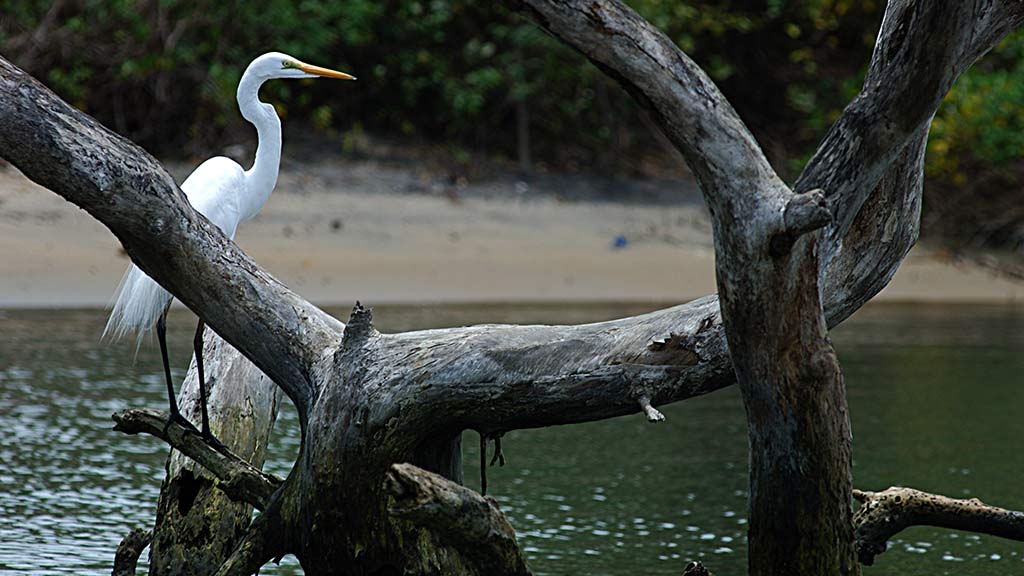
7 Fascinating Facts About the Greater Flamingo: A Birdwatching Delight in Kerala
7 Fascinating Facts About the Greater A Birdwatching Delight in Kerala Birdwatching in Kerala has

Think of Alleppey, or Alappuzha, the “Venice of the East,” the mind conjures a vision of enchanting backwaters, serene houseboats, and lush landscapes. This is only one-half of Alleppey. The other half is its vibrant community of local artisans who breathe life into the region’s rich cultural heritage through their intricate handicrafts. Alleppey’s crafts reflect Kerala’s traditions and offer a glimpse into the lives of the skilled craftsmen who preserve these art forms.
The Legacy of Handloom Weaving
Alleppey has a storied tradition of handloom weaving, which is used to create Kasavu sarees and coir products.
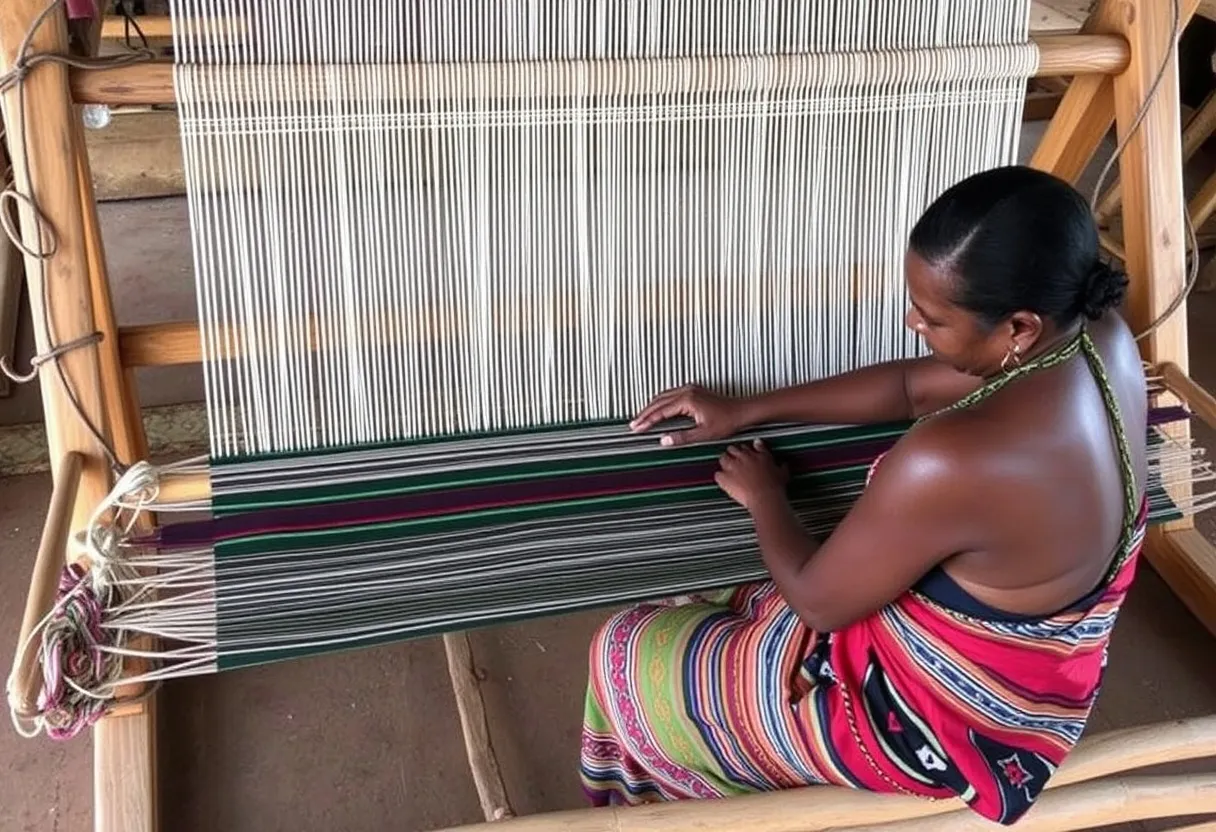
These sarees, with their striking white fabric and gold borders, are integral to Kerala’s cultural identity. Artisans in Alleppey employ age-old techniques passed down through generations to weave these garments, which are worn during festivals, weddings, and other auspicious occasions.
Apart from sarees, Alleppey is celebrated for its coir industry. The town is considered the hub of coir production in Kerala, with artisans crafting a wide spectrum of coir-based products…
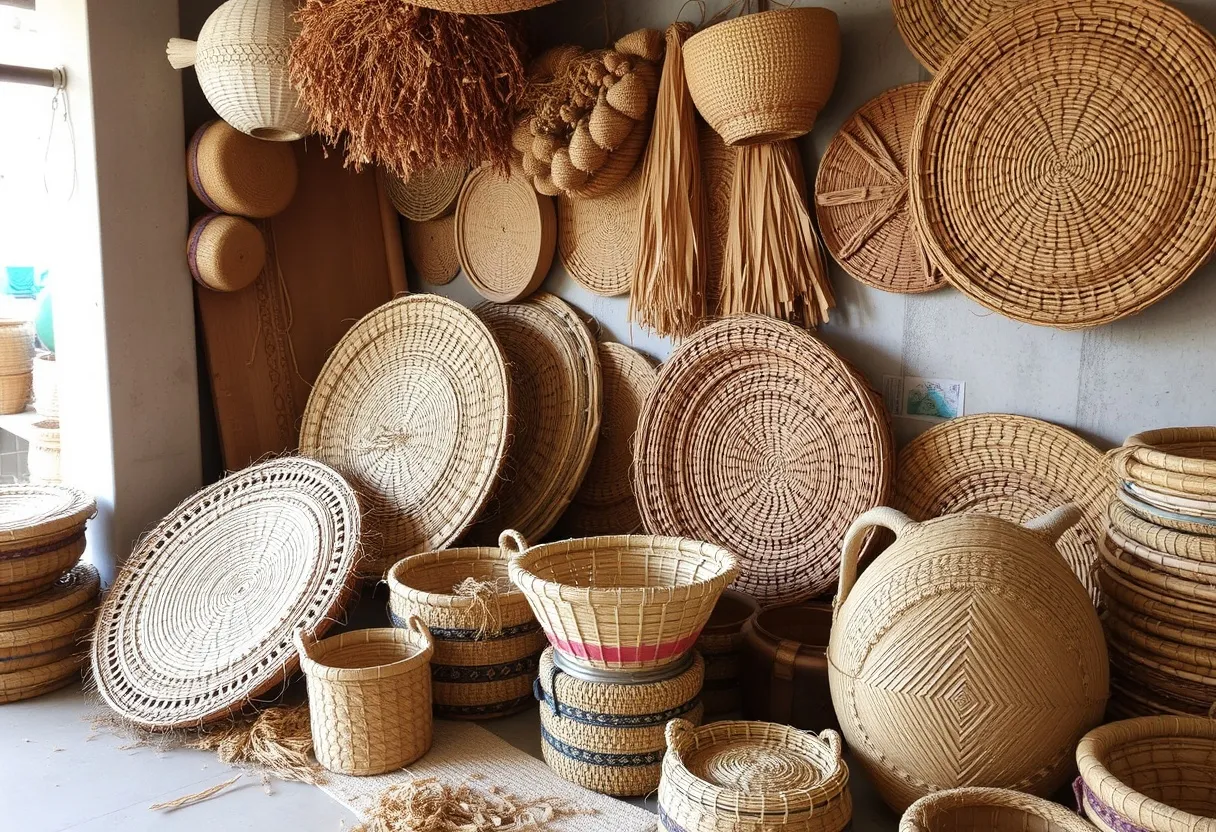
…spanning mats, rugs, ropes, and decorative items. These products are made from coconut husk. They are eco-friendly and durable and embody sustainable craftsmanship. As a visitor, you can have first-hand experience of seeing the artisans making coir at local workshops on a coir industry tour.
Intricacies of Coconut Shell Craft
Kerala is often referred to as the “Land of Coconuts.” No wonder Alleppey artisans have discovered ingenious ways to work on coconut shells, turning them into beautiful handicrafts…
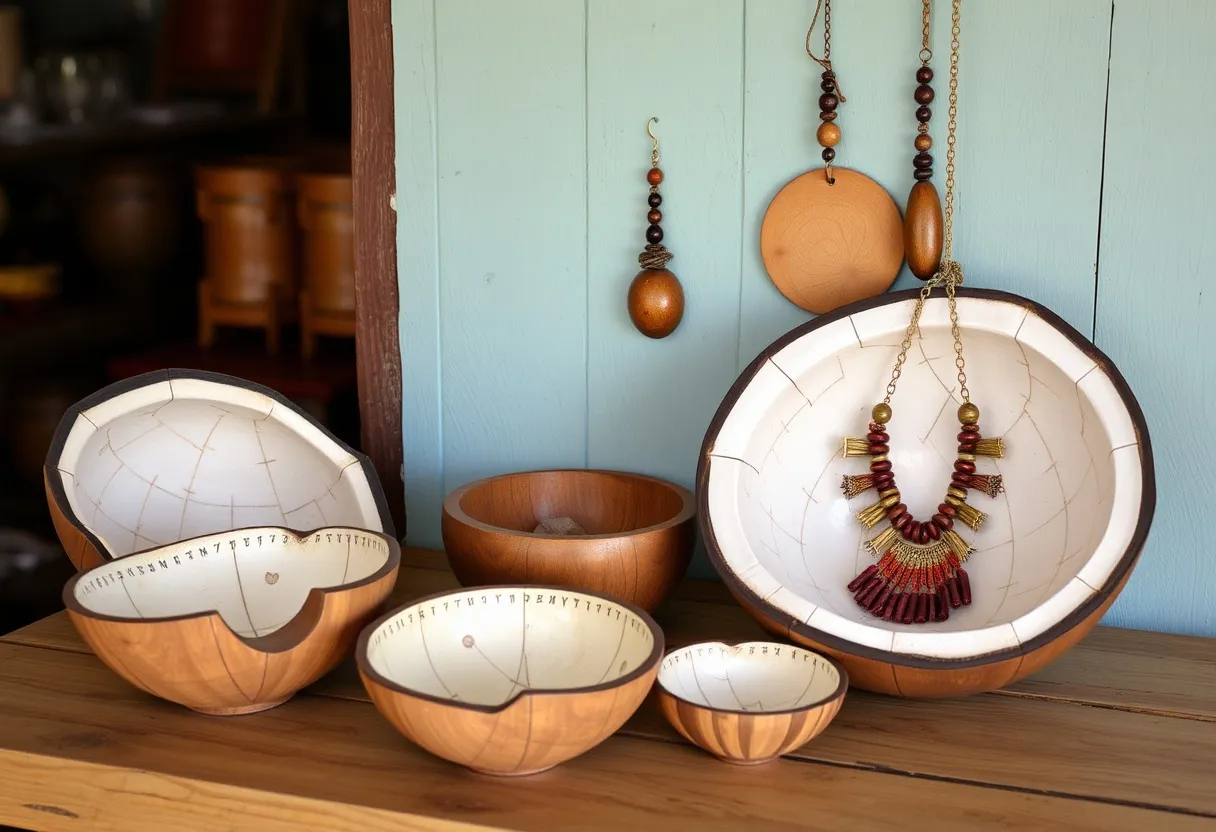
…such as jewelry, bowls, utensils, and even ornamental showpieces. These are proof of the artisan’s creativity and patience. Thus, a by-product of the coconut is turned into works of art, which serve as perfect souvenirs for visitors, blending practicality with cultural charm.
Traditional Brass and Bell Metal Art
Other striking handicrafts from Alleppey that are mention-worthy are traditional handicrafts made from brass and bell metal. There is a variety such as lamps, idols of deities, and household utensils that are both functional and aesthetic. The iconic Nilavilakku (traditional Kerala lamp), often seen in homes and temples across the state, is a hallmark of Alleppey’s metal artisanship.
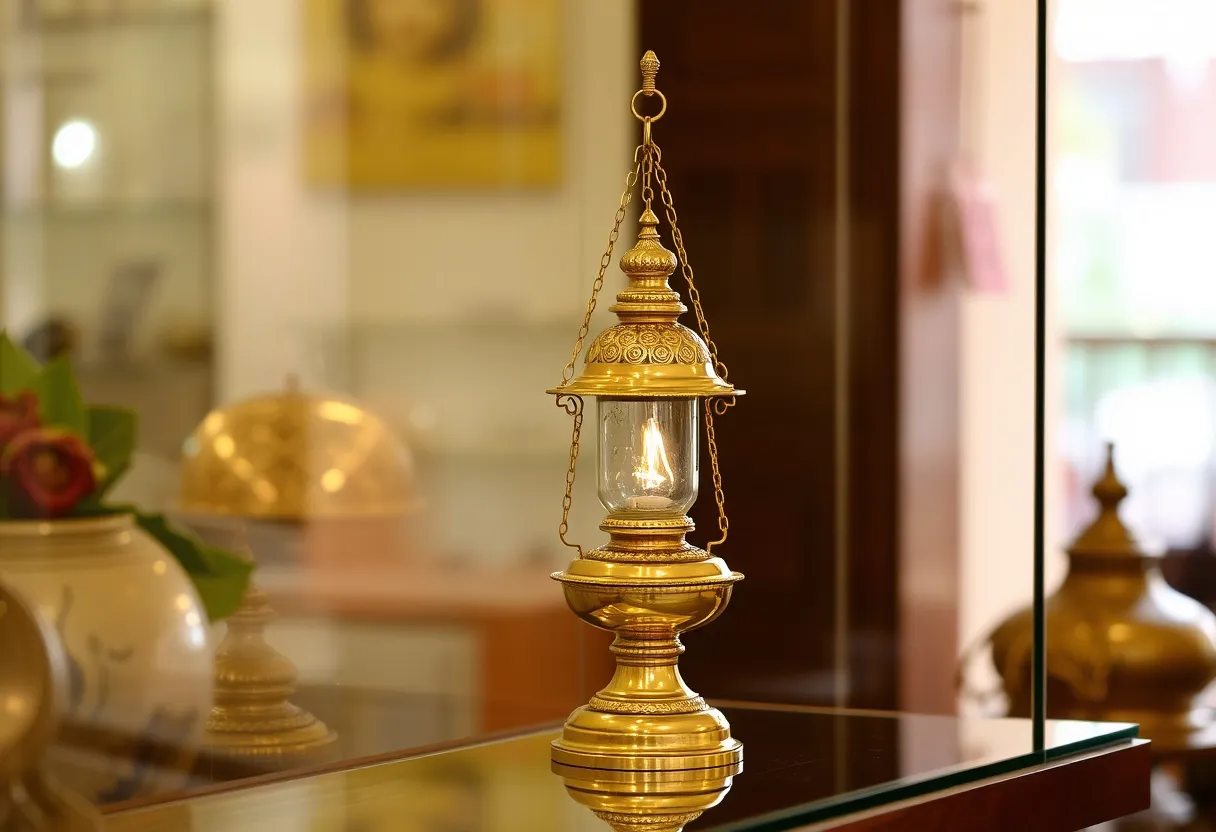
The process of crafting these metal items is meticulously detailed and labor-intensive. Artisans pour molten metal into hand-carved molds, refine the pieces, and add intricate details. Many of these products are considered auspicious and are an integral part of Kerala’s rituals and ceremonies.
Kathakali Masks and Wooden Sculptures
Kerala’s classical dance form, Kathakali, has inspired a distinctive craft in the form of Kathakali masks.

Artisans in Alleppey skillfully carve and paint these masks, capturing the dramatic expressions and vibrant colors of the dance form’s characters. These masks look unique when hung on the wall. They also serve as cultural mementos that signify the heritage of Kerala’s performing arts. In addition to masks,

Alleppey’s artisans are skilled at crafting wooden sculptures of deities, animals, and nature-inspired motifs. These sculptures, often made from rosewood or teak, command high prices for their intricate detailing and craftsmanship.
Coir Villages and Artisan Workshops
To truly experience Alleppey’s handicraft heritage, a visit to the coir villages and artisan workshops is a must. The Coir Museum in Alleppey offers an immersive experience, showcasing the history and evolution of coir production in the region.
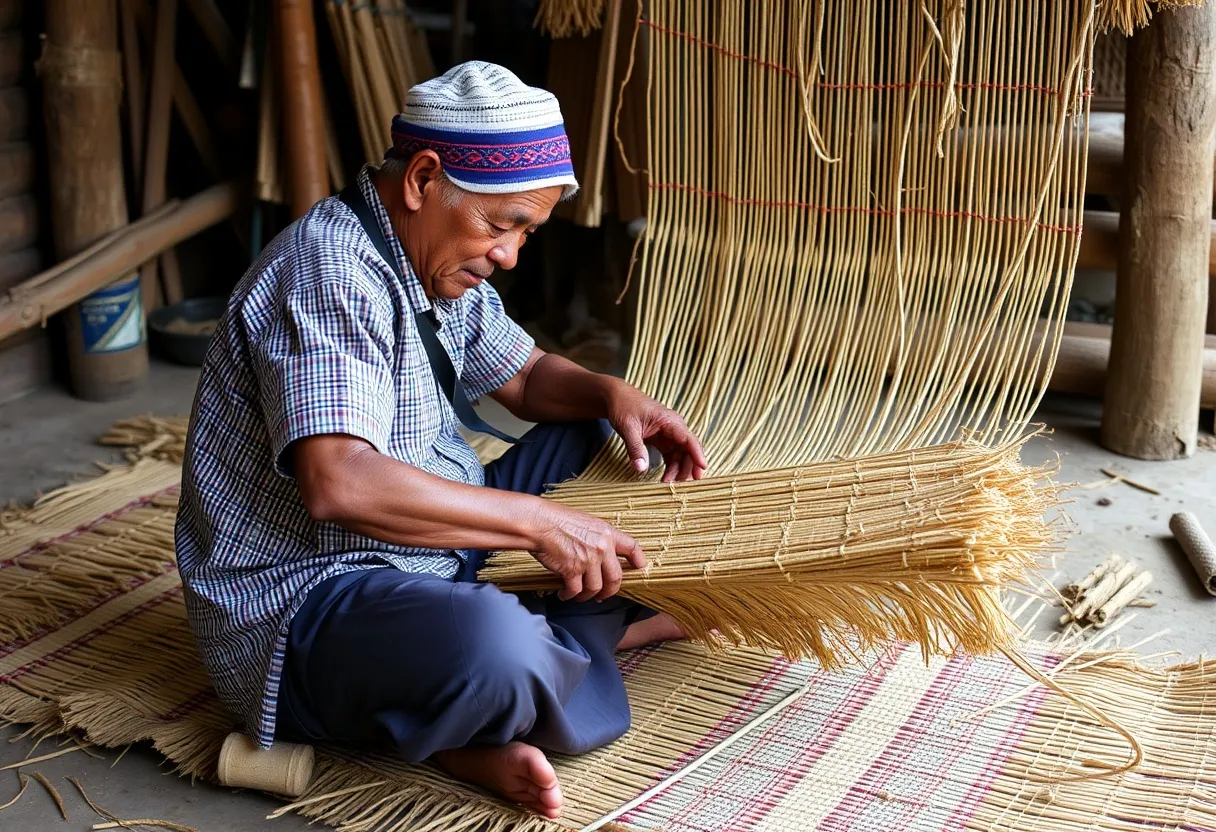
Visitors can observe demonstrations of traditional weaving techniques and interact with the artisans to learn about their craft.
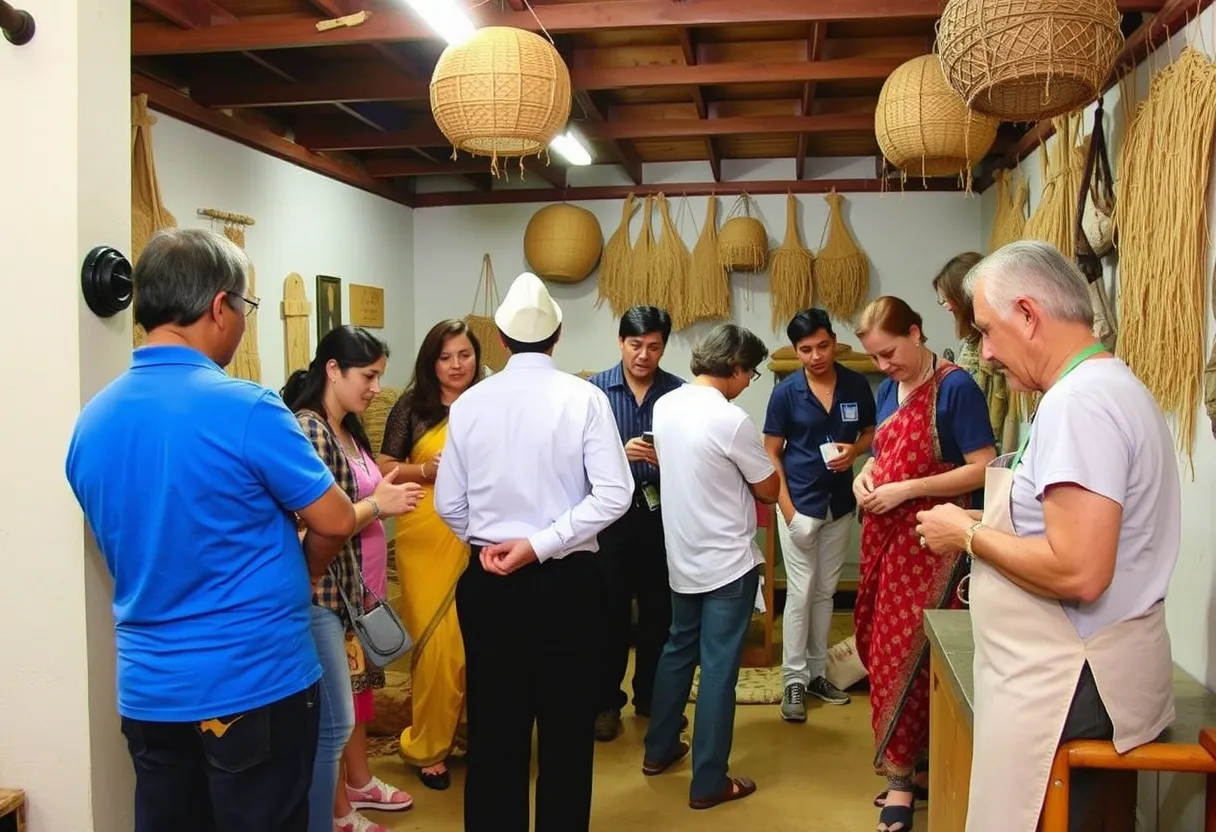
On display is a stunning array of coir samples of different colors and textures.
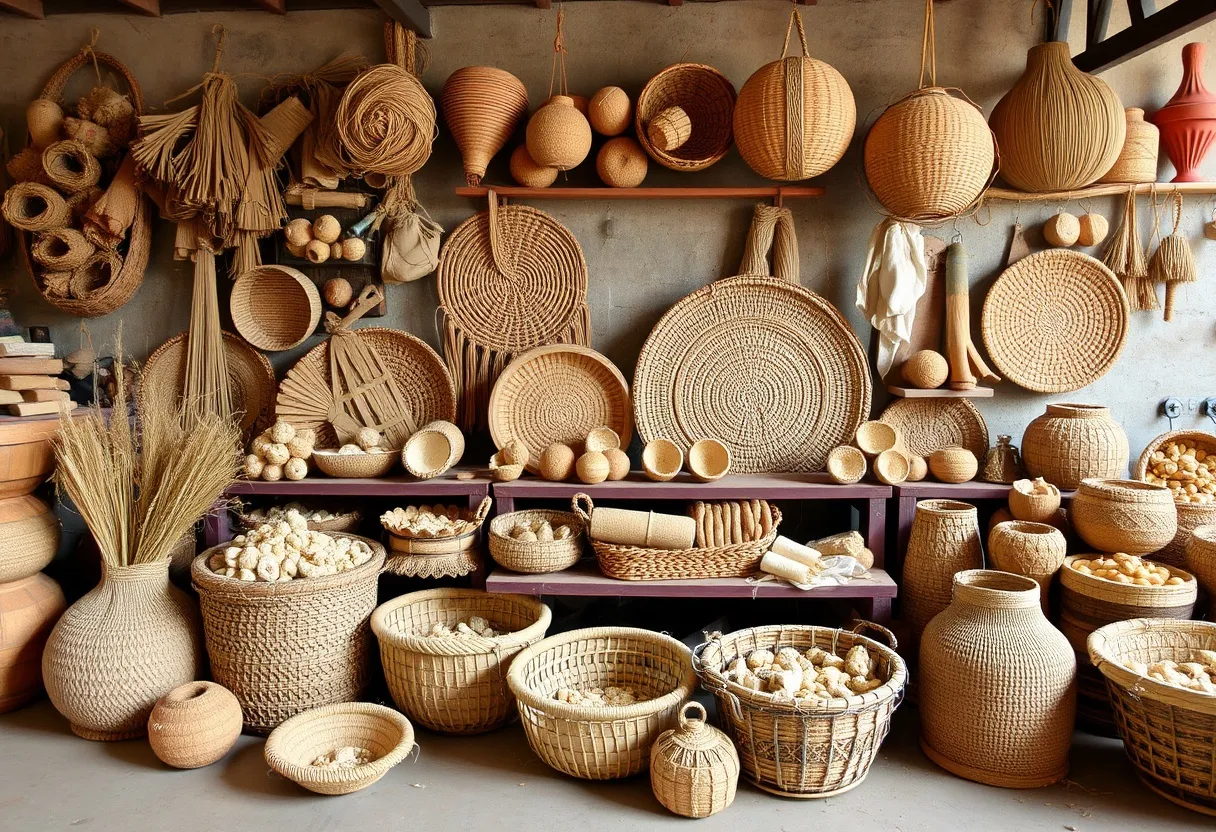
Several artisan collectives and markets in Alleppey also provide platforms for these craftsmen to display and sell their work.
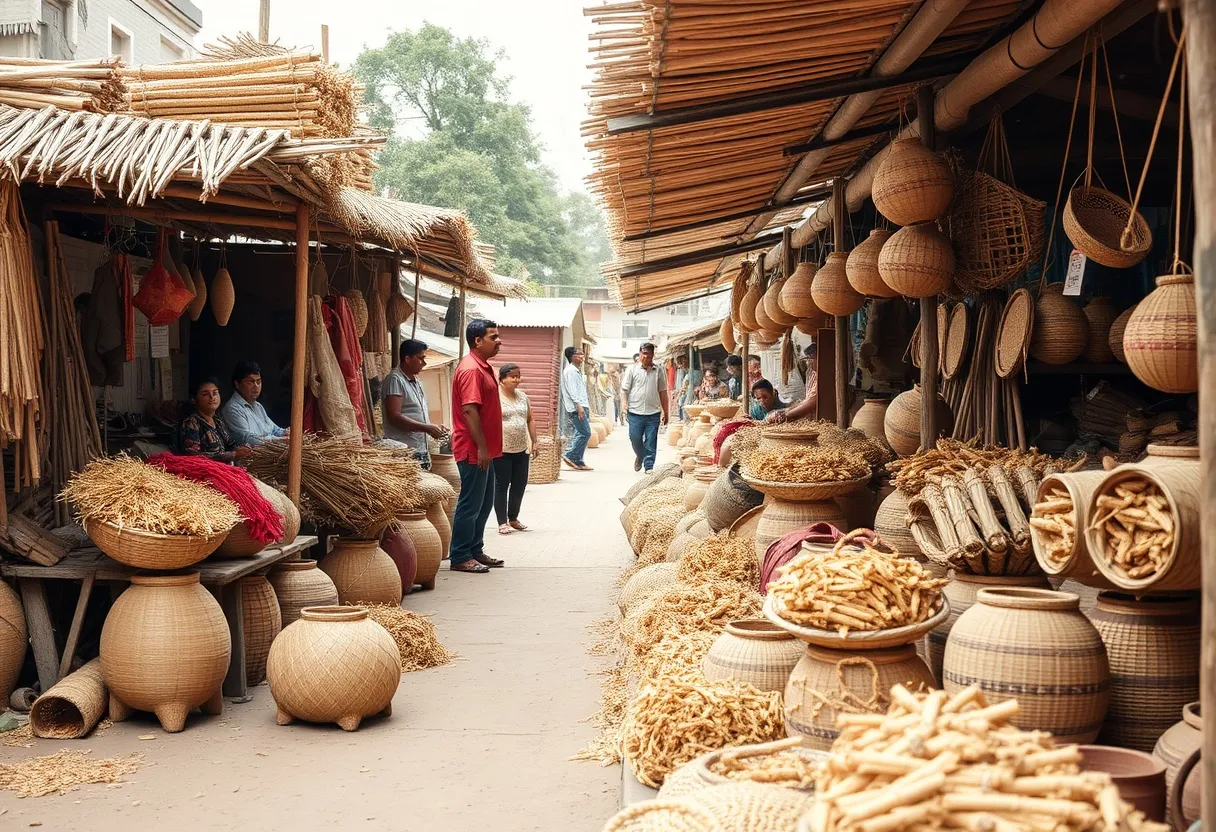
These initiatives not only preserve traditional art forms but also empower the local community economically.
On display is a stunning array of coir samples of different colors and textures.
Several artisan collectives and markets in Alleppey also provide platforms for these craftsmen to display and sell their work. These initiatives not only preserve traditional art forms but also empower the local community economically.
Sustainability and Global Appeal
The handicrafts of Alleppey are a shining example of sustainable artistry.
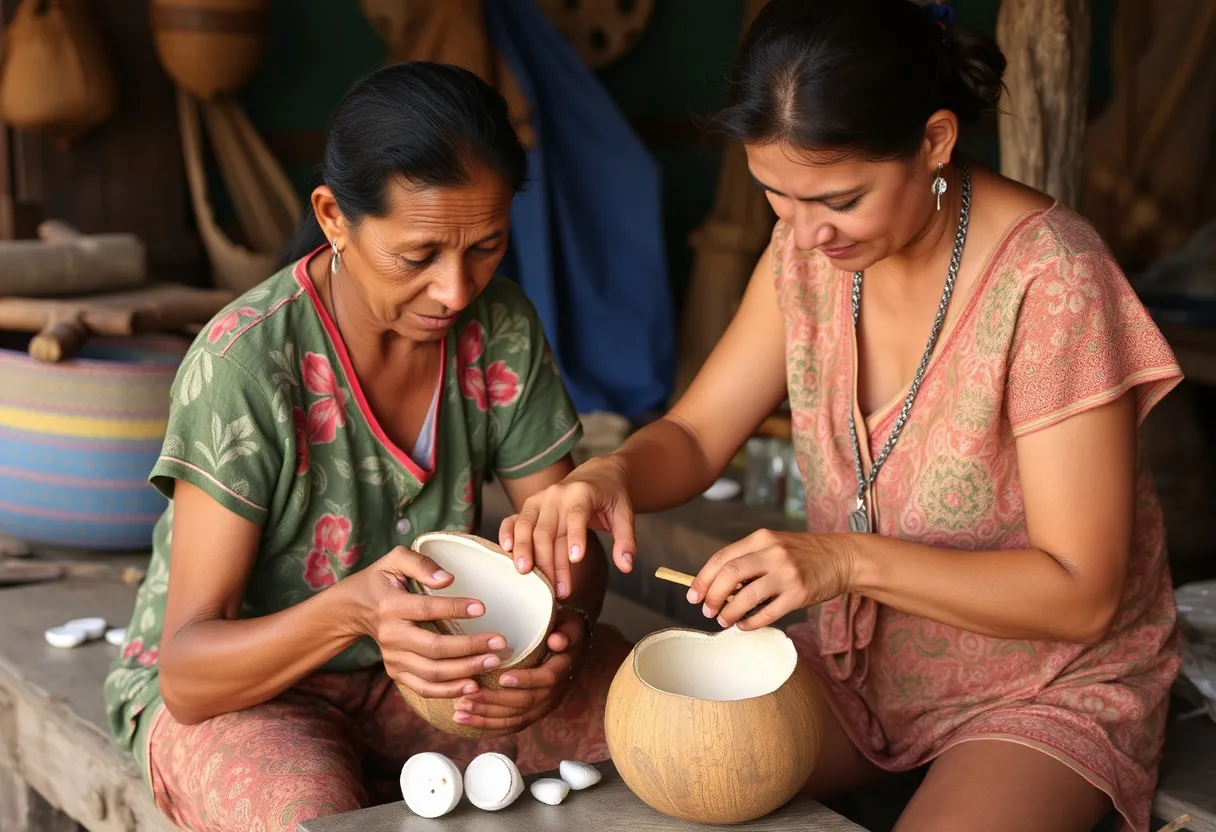
Whether it’s the use of natural materials like coconut shells and coir or eco-friendly production techniques, these crafts align with the growing global demand for ethical and sustainable products.
As a result, these art forms have garnered international attention. Tourists from across the globe flock to Alleppey, not just for its scenic beauty but also to take home these handmade treasures. Artisans now cater to global markets, ensuring that their crafts resonate with a wider audience while maintaining their traditional essence.
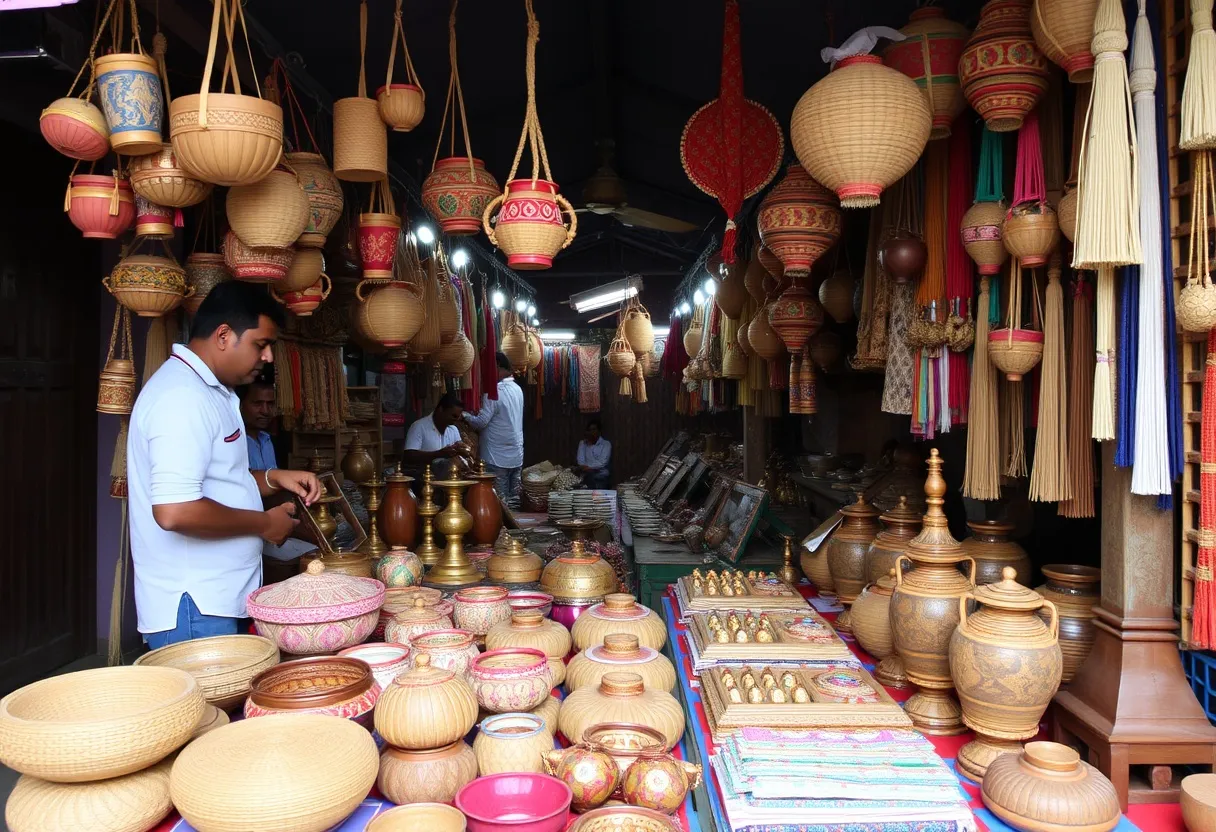
Preserving a Cultural Ethos
The local artisans of Alleppey are the unsung custodians of Kerala’s rich heritage.

Their work is not just about creating beautiful objects—it is about preserving a way of life, a cultural legacy that connects the past with the present.
For visitors to Alleppey, exploring the town’s handicraft scene is a journey into the heart of Kerala’s artistry. It’s a chance to witness firsthand the dedication, creativity, and passion of these artisans and to take home a piece of this vibrant culture.
So, the next time you visit Alleppey, don’t just cruise through its backwaters—dive deeper into its artistic soul and discover the stories crafted into every Kasavu saree, coir mat, and coconut shell creation.

7 Fascinating Facts About the Greater A Birdwatching Delight in Kerala Birdwatching in Kerala has
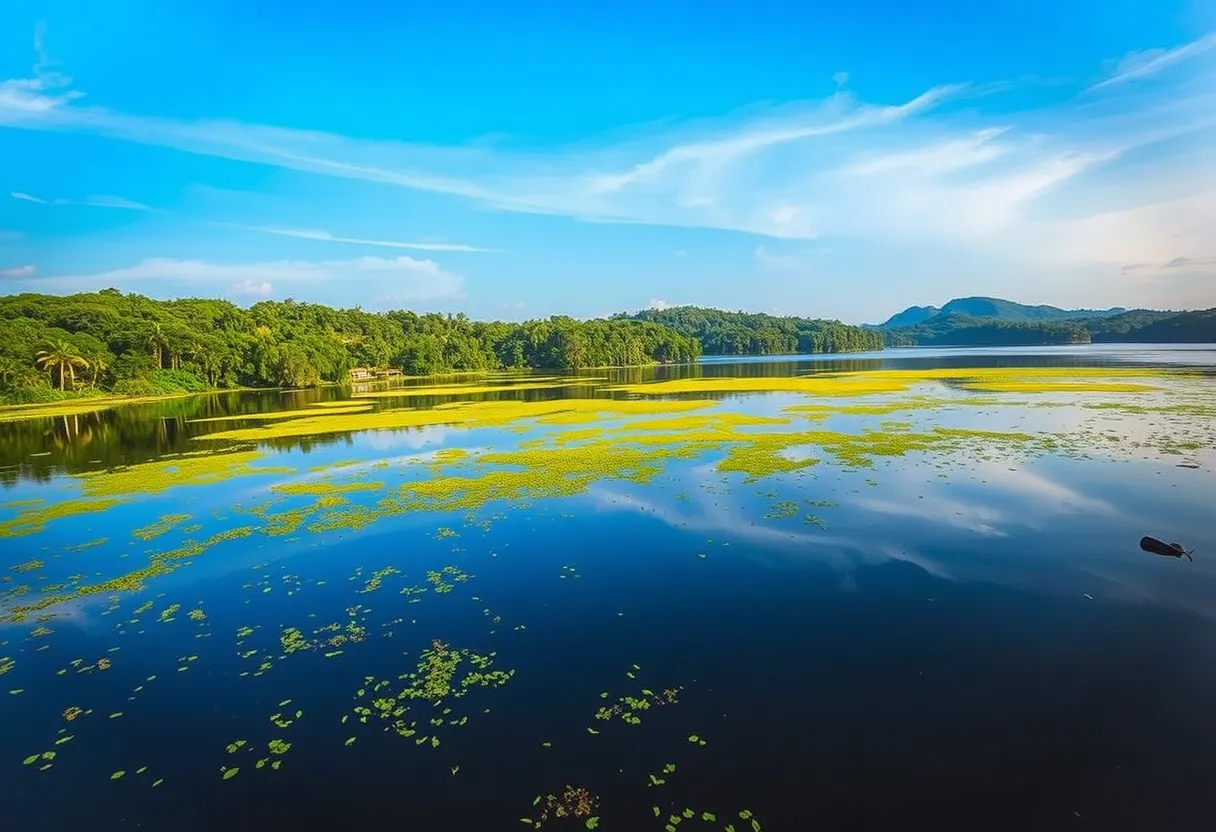
Discover the magic of Welcome to Punnamada Lake, the cultural heart of Kerala’s backwaters. Experience
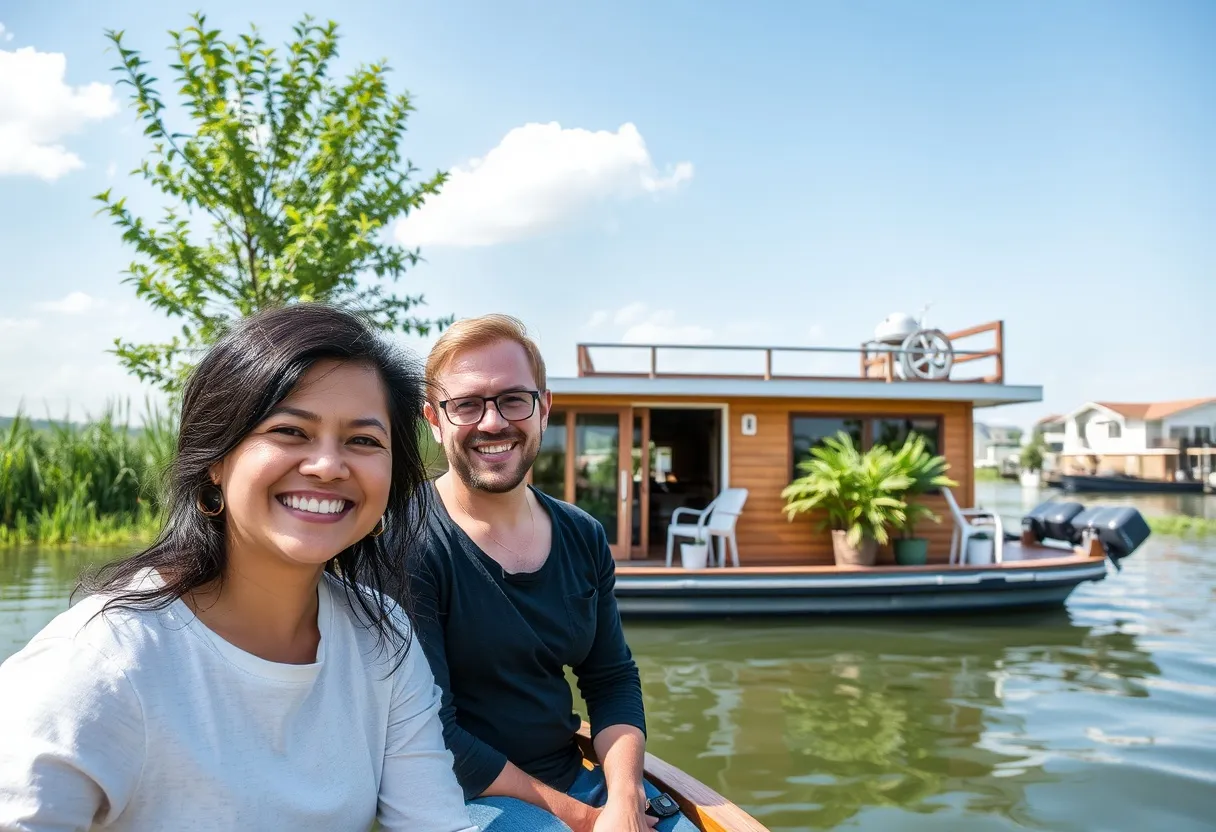
Experience Kerala’s Backwaters Discover the serene beauty of Kerala with our exclusive houseboat cruises. Enjoy
Beachfront Bliss in Kerala
Discover Akoya Beach Villa, Alleppey